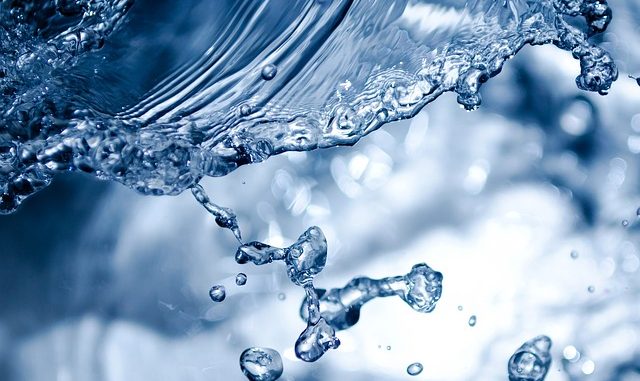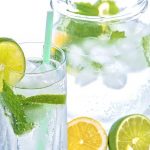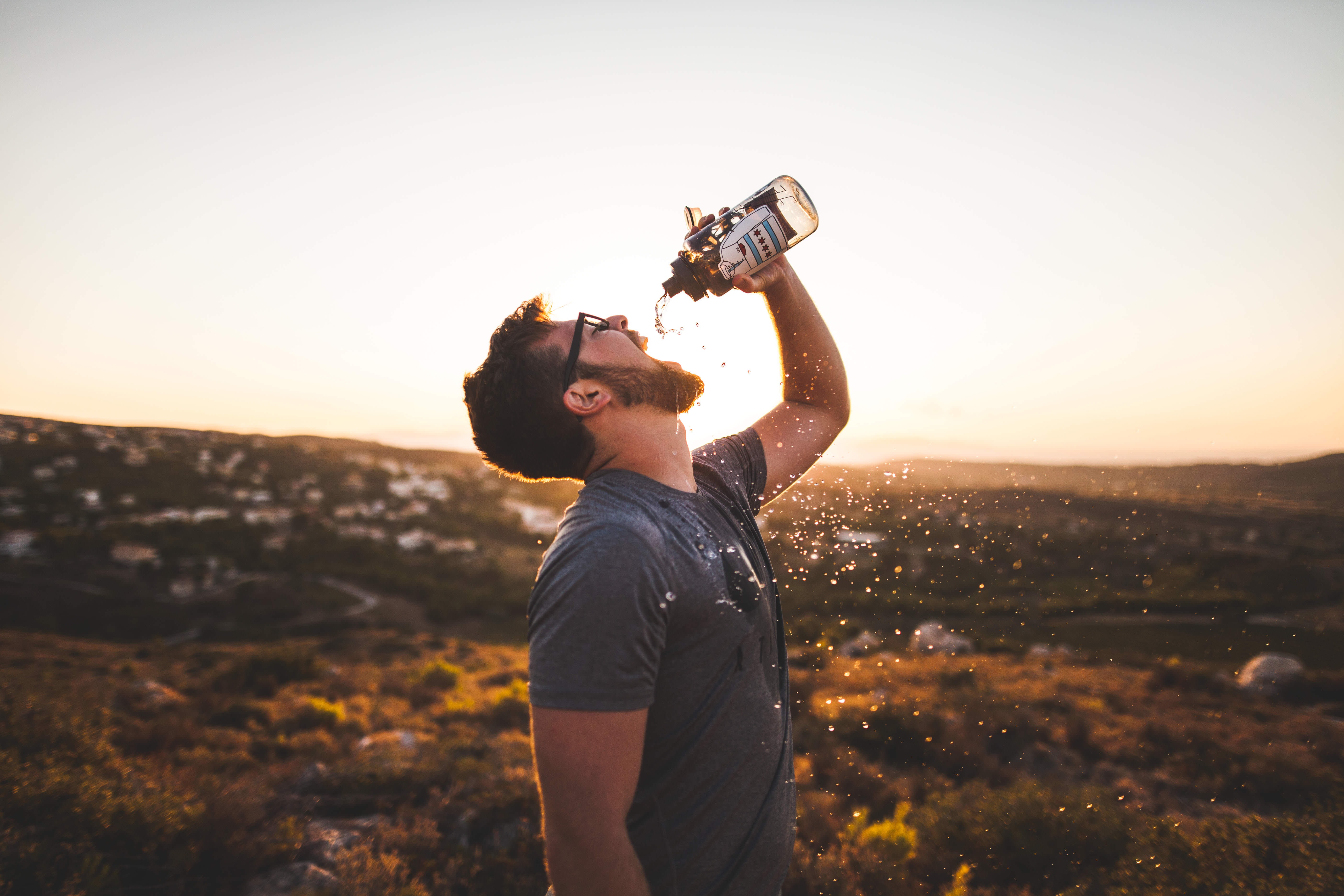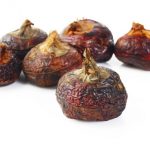
Functional water is often used by marketing and product developers alike to describe the types of water which offer more than just hydration – albeit water! All of them contain various vitamins and minerals but also a few now include pH as a difference.
Alkaline waters are currently being advertised as a new health panacea and deserve attention in their own right. The claims too are very much inspired by environmentalism and not just health. One of the biggest is BPA free which means the product is free of bisphenol which used to be involved in manufacture. The other major trend is to develop hemp- or cannabis-infused water drinks or to have amino-acid rich waters. It all reflects on what has become a diverse market place and various parts of the globe show different aspects.
So with this in mind it’s worth just have a look at what people are producing in the water sphere.
The Market Place
Back in late 2018, Innova Market Insights revealed that functional drinks were being consumed in ever greater quantities. The compound annual growth rate (CAGR) was at 8% across the world with new launches in this sector from 2012 through to 2017. Research from SPINS suggests that in the shelf-stable water category, the sales of functional energy beverages which includes caffeinated water grew by 300% from May 2017. By 2021, the global bottled water market will be $350bn.
In the USA, the enhanced water segment as it is called is $1.9 billion which is up by 11% from 2017 according to a SPINS report. In the USA, alkaline water is perhaps the biggest growing trend but there are interesting developments in oxygen-enriched waters along with hydrogen-enriched waters.
The major brands still have their standard favourites such as Dasani (Coca-Cola) which was launched in 1999, of Aquafina which is produced by their main rival PepsiCo. Nestle’s Pure Life™ is currently the number one bottled water brand in the USA. Nestle produced purified water by an undisclosed method. The minerals are calcium chloride, sodium bicarbonate and magnesium sulphate (sulfate). We also know Kraft, Danone and HindWater are major players in this category.
Dasani (https://www.dasani.com) is produced by reverse osmosis filtration of water to remove impurities. A selection of minerals is then added by aseptic dosing to ensure safety. The mineral content is generally there for taste and flavour because even small amounts of salts are important to the overall sensory profile.
Sparkling water still excites many as it is an easy way to invoke not just health through hydration but also naturalness. In the USA, natural spring waters are still going great guns in the grocery store. The major players are producers like Crystal Geyser’s Alpine Spring Water (by CG Roxane LLC)
( http://www.crystalgeyserasw.com). This claims to be the only major US bottled water collected from ‘authentic’ natural springs. The ‘authentic’ suggests we should not trust other sources because of scepticism about the water’s naturalness. The sizes range from 8 fl. Oz. to a 1 gallon bottle.
Water Source
What is unique is water source. Berg Water (http://www.bergwater.ca) from Mount Pearl, Newfoundland in Canada is derived from iceberg water. This water comes from North Atlantic icebergs which travel down the cost from Newfoundland and Labrador. This water is claimed not just wholly natural but ‘truly virginal water with no traces of minerals’. The water like spring water in many ways was frozen about 15,000 years ago. The packaging is PET and uses green tinting and frosted finishes to emphasise the iceberg effect.
Incidentally, coconut water still continues to attract new marketing potential but is a part of another category. We have discussed alkaline water already but there is Actiph Water (Kingston Upon Thames, Surrey UK) and Kroger® Alkaline Water.
It might be worth looking at waters from different parts of the globe including places like rain forests or glaciers.
Get Blk. Beverages LLC (Hoboken, New Jersey) (https://www.getblk.com) also offer an alkaline pH8.0+ which is stated to a blend of fulvic trace minerals and electrolytes. Uniquely, the presence of the fulvic minerals turns the beverage black. This sensory property is made great play of with their black packaging. Again a product claiming no carbs. calories or sugar and comes in a 16-ounce bottle. The flavours are Blueberry Acai, Tropical Punch, Mango Splash and Black Lemonade.
New sparkling waters now exploit all sorts of technology to create a water of great purity. Of the new addition, take a look at Waterloo Sparkling Water which has just added two new fruit flavours, Strawberry and Grape. These two new SKUs add to Original, Coconut, Black Cherry, Grapefruit, Watermelon, Lime, Lemon, and Mango.
Waterloo ((https://www.drinkwaterloss.com) began in 2017 with Sean Cusack who has developed a range of different flavours of Texan inspiration. All of them claim zero calories, sugar and sodium. The water too is produced from vapour distillation rather than reverse osmosis which many others do, and uses Cold Force™ carbonation. The packaging is BPA free and come in 12-ounce cans, in 8- and 12-pack cases.
A slightly more developed water is skinny water which is intended for the sports and active lifestyle category. Bio-Synergy (London, UK) have a range of functional products and their skinny water version contains chromium and L-carnitine. These two ingredients are heavily involved in energy usage.
Another interesting take on sport is the protein-based beverage. In this instance Protein2o (Elk Grove Village, IL) is a protein beverage with fewer calories than other protein beverages which sits in the functional water category. The protein is whey protein isolate which is not surprising because it dissolves well. Their president Andy Horrow states that their products are only 60 calories per serve rather than the minimum 100. The flavours include Mixed Berry, Tropical Coconut, Harvest Berry
It’s worth noting that other functional waters use collagen as their main protein source.
Children’s Water.
The focus on children and making sure they are appropriately hydrated resonates with many. The water is packaged in Tetra cartons. The distinction between a child’s water and adult one is purely down to flavour rather than any other claim. The varieties available from Rethink for example includes Organic Fruit Punch, Organic Strawberry Lemon and Organic Orange Mango. These join existing flavors such as Purified Water, Organic Apple Water and Organic Berry Water. Organic is the key word because of its emphasis on naturalness. All promise sugar-free, no sodium or calories in keeping with the current stance on water. The reason for the cartons is to avoid using plastic at all costs. The packaging is fun and eye-catching.
Ingredients
Caffeine infused water is still popular from an ‘energy’ perspective. Limitless Coffee & Tea (Chicago, IL) have a lightly caffeinated sparkling water which was launched in May 2018. This brand is an alternative to diet cola drinkers with the emphasis on refreshment according to their co-founder although surely all coal drinks are refreshment focussed. The product has a grapefruit and hibiscus fruity flavour and in a 12-oz. aluminium can which is similar in shape to a cola can. Matt Matros who is one of Limitless’ founders stated in Prepared Foods that the functional water trend is all about ‘water-plus’. You can have water-plus-fiber, water-plus-fats, and even water-plus-hydrogen.
If you like caffeine you might like tea too. And so Sound from New York who have a line of sparkling teas in 12 oz. glass bottles also have a canned series of tea-infused sparkling waters. The line will feature Black Tea with Blood Orange + Vanilla and Green Tea with Tangerine + Lemongrass flavors that contain 45 mg of caffeine, as well as two non-caffeinated SKUs Ginger Tea with Grapefruit + Lavender and Hibiscus Tea with Blueberry + Cinnamon.



Leave a Reply